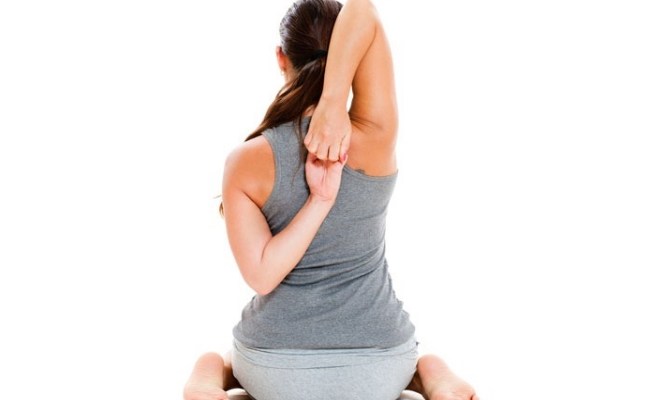This is a very good test to see if you will start to have the hunchback problem or not.
Can you do this?


Can you do this?


Follow along with the video below to see how to install our site as a web app on your home screen.
Note: This feature may not be available in some browsers.


Right elbow up, yes. Left elbow up, no. Old Judo related shoulder injury.This is a very good test to see if you will start to have the hunchback problem or not.
Can you do this?

I can't
Right elbow up, yes. Left elbow up, no. Old Judo related shoulder injury.
I cannot do what the lady is doing
We're all screwed.
I wasn't able to do that even when I was young!There, I fixed it for you ...
You're right. I could do that....just barely...in my 20's.There, I fixed it for you ...
I'm not sure that's accurate. Back vs. front doesn't seem to be consistent even within a single move in many cases. It's more consistent that some moves use more pull and others use more push, but even that will vary by body part (if I pull you to me while standing, I'm still pushing with at least one leg). Punching uses more extension (push) in the arms, but grappling tends to use more flexion (pull) in the arms. On the whole, the back probably is more important than the chest. At the legs, the hamstrings are important to balance the stress around the knees (and hips?), but the quads seem to be called on to do more work...though that latter may just be me not paying attention to demands on the hamstrings.Since all power are generated from the back to the front, we should train more behind our
- chest (our back) than in front of our chest.
- legs than in front of our legs.
Your thought?
my thoughts? I think that not all power is generated starting at the back.Since all power are generated from the back to the front, we should train more behind our
- chest (our back) than in front of our chest.
- legs than in front of our legs.
Your thought?
my thoughts? I think that not all power is generated starting at the back.
